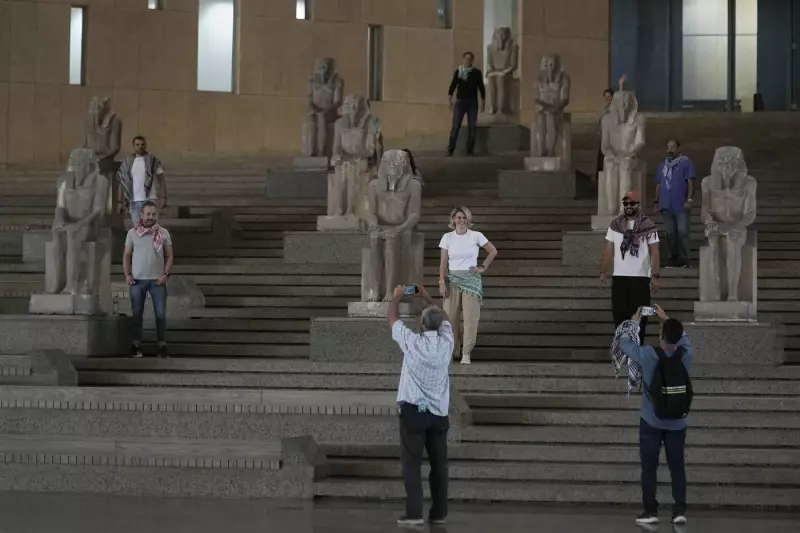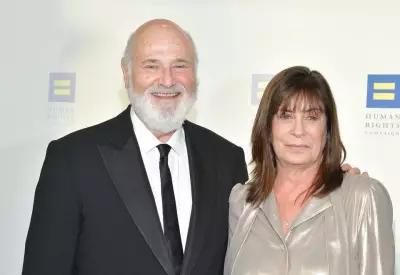
In a historic moment for archaeology and cultural preservation, Egypt has officially opened the doors to the Grand Egyptian Museum, now recognized as the world's largest museum dedicated to a single civilization. This monumental achievement represents the culmination of decades of planning and construction near the iconic Giza pyramids.
A New Home for Ancient Treasures
The sprawling complex spans an impressive 500,000 square meters and will display approximately 50,000 artifacts, with many items being exhibited to the public for the very first time. The museum's collection spans Egyptian history from the pre-dynastic period through the Greco-Roman era.
The centerpiece of this magnificent institution is the complete collection of Tutankhamun's treasures, with all 5,000 items from the boy king's tomb displayed together for the first time since their discovery by Howard Carter in 1922.
Architectural Marvel Meets Ancient History
Designed to blend seamlessly with its desert surroundings while offering state-of-the-art conservation facilities, the museum features:
- A translucent stone facade that creates a stunning visual effect
- Climate-controlled galleries preserving delicate artifacts
- Interactive digital displays enhancing visitor experience
- Panoramic views of the Giza plateau from strategic vantage points
Economic and Cultural Renaissance
Egyptian officials anticipate the museum will significantly boost tourism, projecting over 5 million annual visitors. The opening comes at a crucial time as Egypt seeks to revitalize its tourism industry following pandemic-related challenges.
The Grand Egyptian Museum represents more than just a building – it symbolizes Egypt's commitment to preserving its extraordinary heritage while embracing the future of museum technology and visitor engagement.
With its grand staircases leading visitors through chronological exhibits and conservation laboratories visible to the public, the museum sets a new global standard for how ancient civilizations can be presented and preserved for generations to come.





